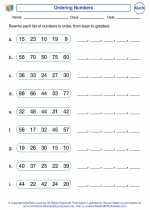Compare and Order Numbers
Comparing and ordering numbers is an important skill in mathematics. It helps us understand the relationship between different numbers and their relative size. When comparing numbers, we use symbols such as <, >, and = to show how the numbers relate to each other.
Comparing Numbers
When comparing numbers, we look at their values to determine which is greater, less than, or equal to the other. Here are the symbols we use:
For example, when comparing 5 and 8, we can say 5 < 8, because 5 is less than 8. When comparing 12 and 12, we can say 12 = 12, because they are equal.
Ordering Numbers
Ordering numbers involves arranging them in either ascending (from smallest to largest) or descending (from largest to smallest) order. This helps us see the sequence and relationship between the numbers more clearly.
For example, if we have the numbers 7, 2, and 9, when we order them in ascending order, we get 2, 7, 9. When we order them in descending order, we get 9, 7, 2.
Study Guide
Here are some steps to follow when comparing and ordering numbers:
- Look at the numbers you want to compare or order.
- Determine the relationship between the numbers (greater than, less than, or equal to).
- Use the appropriate symbol to compare the numbers.
- To order the numbers, arrange them from smallest to largest (ascending) or from largest to smallest (descending).
Practice comparing and ordering numbers using different sets of numbers to strengthen your understanding of the concepts.
Remember to use the symbols <, >, and = when comparing numbers, and to arrange them in the correct order when ordering numbers.
By mastering the skill of comparing and ordering numbers, you'll be able to understand numerical relationships and make sense of numerical data more easily.
.◂Math Worksheets and Study Guides Fourth Grade. Compare and Order Numbers

 Activity Lesson
Activity Lesson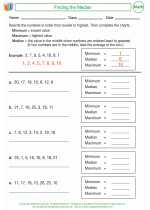
 Activity Lesson
Activity Lesson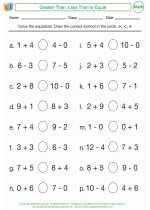
 Worksheet/Answer key
Worksheet/Answer key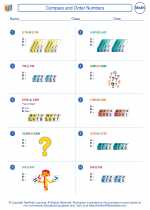
 Worksheet/Answer key
Worksheet/Answer key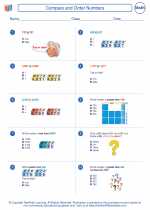
 Worksheet/Answer key
Worksheet/Answer key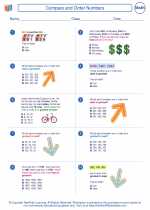
 Worksheet/Answer key
Worksheet/Answer key